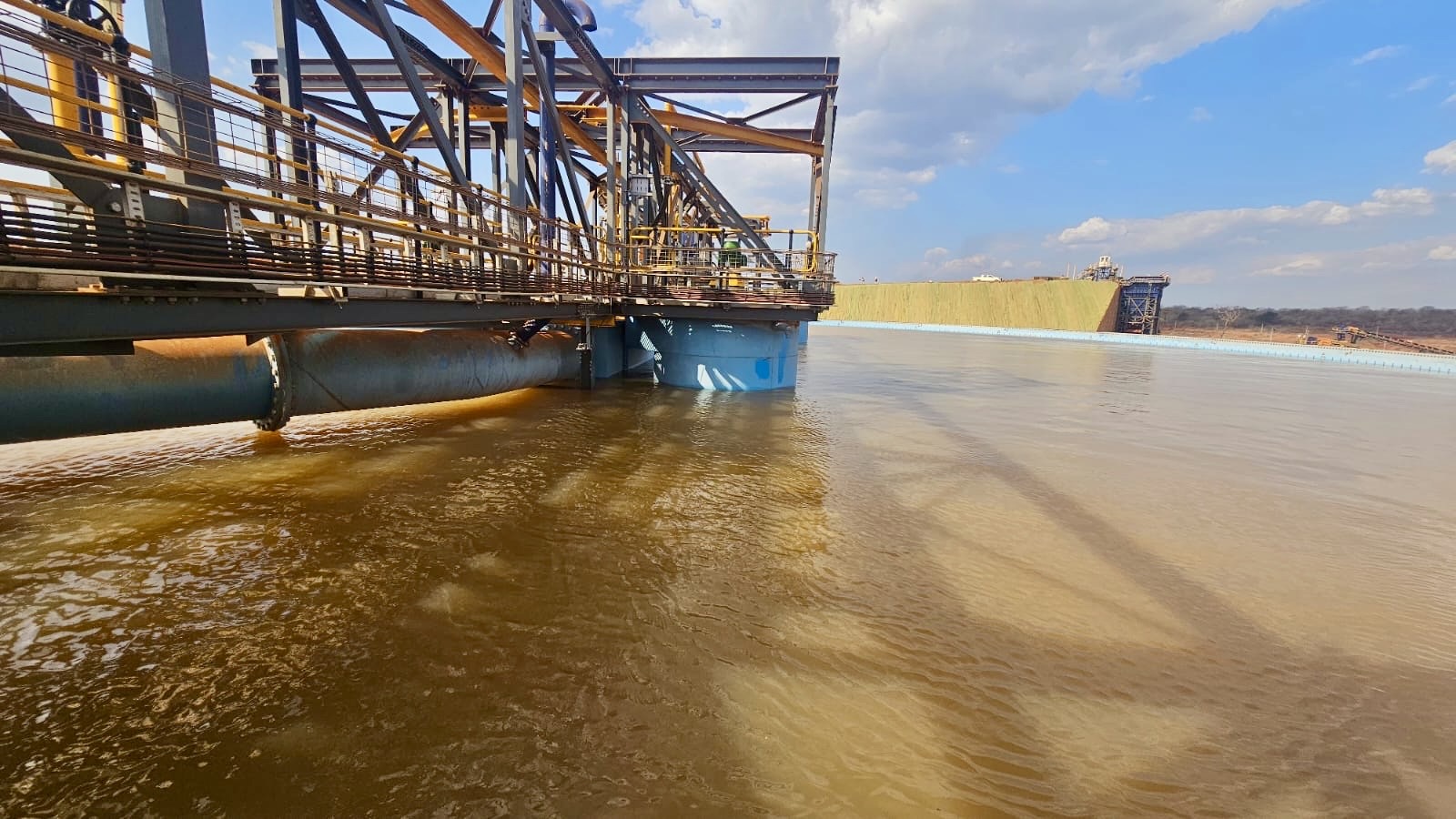High Rate Thickener
Maximise recovery and reduce tailings footprint with Cube’s advanced thickening.
Overview
Cube Consolidating offers a comprehensive range of separation and filtration technologies, including advanced thickener designs. Thickening is the process of separating liquid from slurry, producing a concentrated underflow of solids and a clarified overflow of liquid, such as water or process liquor. Thickeners are integral to many continuous operations where solid-liquid separation is required.
This technique relies primarily on gravity as the driving force. By utilising the density differences between solids and liquids, gravity enables efficient separation of the two phases. Thickeners are widely applied across the mining and minerals sector, including in the recovery of rare metals and minerals, where reliable and efficient solid liquid separation is essential.
Technical Highlights
- Rising rate: optimized to balance overflow clarity and throughput
- Feedwell design: deep wells aid air release, mixing, and flocculation
- Rake lift control: torque-based lift prevents rake binding and bed disruption
- Operation flexibility: handles varying feed density with minimal operator input
Key Features
Our High-Rate Thickeners are engineered for compact design and superior performance, featuring efficient rake mechanisms, energy dissipating feedwells, and automation-ready controls to deliver optimal solid-liquid separation.
- Energy-Dissipating Feedwell
- High Solids Throughput Design
- Rake Mechanism
- Drive System


Industries Where High Rate Thickeners Are Used
High-Rate Thickeners by Cube Consolidating serve a wide range of sectors including:
- Mining & Mineral Processing – tailings thickening, concentrate recovery, and process water return
- Municipal wastewater - sludge thickening for biosolids and water reuse
- Chemical & Petrochemical – slurry concentration, reagent reuse, and process effluent management
- Food & Beverage, Agriculture, Pulp & Paper - solids management and water reuse in process flows
Benefits
They deliver faster settling rates, clearer overflow, higher underflow density, and reduced operational and maintenance costs — ensuring efficient, reliable, and cost-effective performance.
- Increased Throughput Efficiency
- Reduced Footprint and Capital Costs
- Improved Overflow Clarity
- Enhanced Underflow Density
